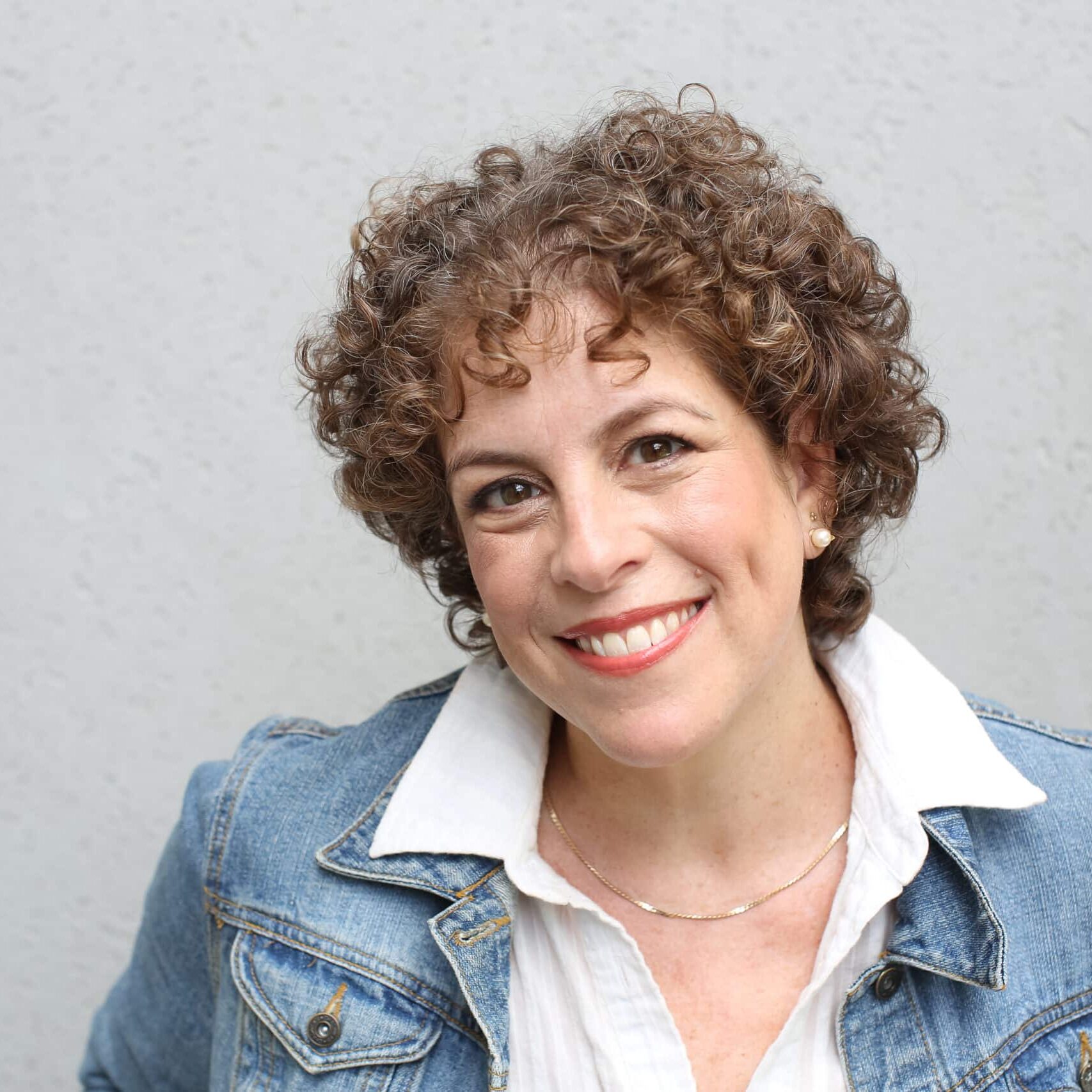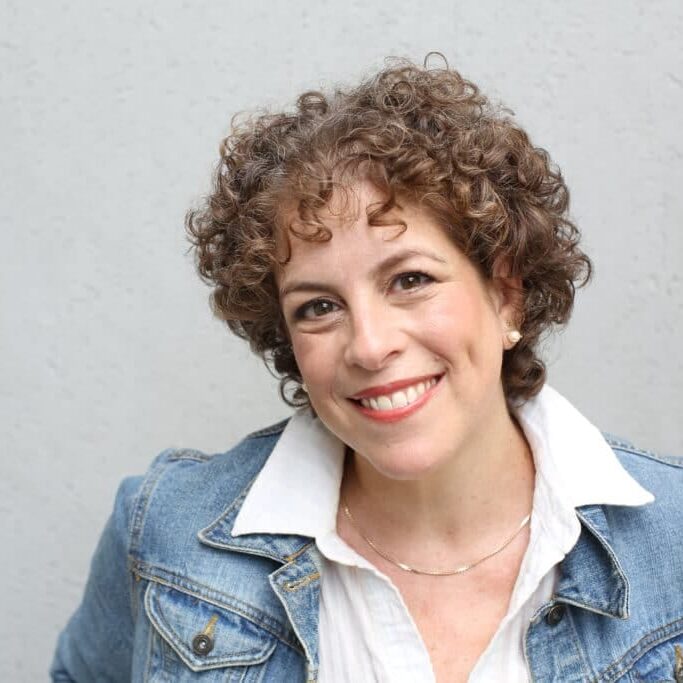My mother, the sage, said, “look how the word shoulder is spelled,” and waited (a while) for me to see what she was saying: SHOULD-er.
Then she asked me, “are you “should-ing” yourself right now?”.
I had been complaining to her about my terrible shoulder pain. It was constant and the only thing that brought temporary relief was pressing into the knot of muscles. I had blamed my work area, my workouts, and the way I was sleeping but I hadn’t thought this might be a message from my body.
Our bodies are powerful communicators when we partner with them.
It really took me until I was well into my forties to connect the dots between physical aches and pains and my thoughts, patterns, and emotions. Even after I had realized that my sore throat meant that I felt I didn’t have a voice in a situation or an upset stomach meant that I was making a decision that felt out of alignment with my core self, I still didn’t think that my shoulder pain might be trying to tell me something as well.
But my mom was exactly right.
Trying to pretzel myself into what I thought I “should” be doing or what I thought other people thought I “should” be doing was the quickest way for me to race away from myself and what’s really best for me.
With some time to reflect, I realized it wasn’t only about “should-ing” myself, which I’m sure I was doing, but that I was also spending a lot of time thinking about what other people “should” be doing.
Thinking that someone “should” be doing something different than they were or that I knew what was best for them did nothing but separate me from the other person and myself.
When I find I’m starting a sentence in my head with “I should” I try to remember to replace it with “I choose” and see if I still want to do the thing, (for example: “I should do the laundry.” becomes, “I choose to do the laundry so we have clean clothes.” or “I choose to leave the laundry for later so I can go out for a walk while it’s sunny.”).
And though they are far less frequent these days, when I notice a thought about what someone else “should do” I remind myself that other people aren’t my problem to solve and that the “they should/you should” mentality is toxic to them and to me. If I don’t notice those thoughts my shoulder will jump in and make sure I do.
My body has made it clear that it doesn’t like it when I live in a place of judgment and control. It is much happier when I choose curiosity and compassion – for myself and for everyone else — and so am I.



